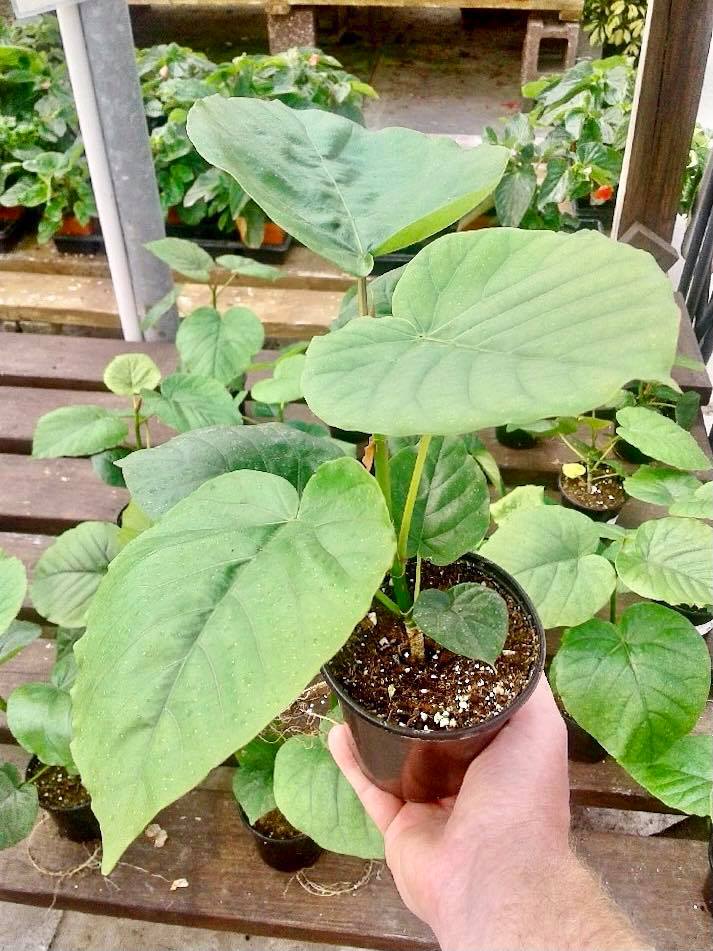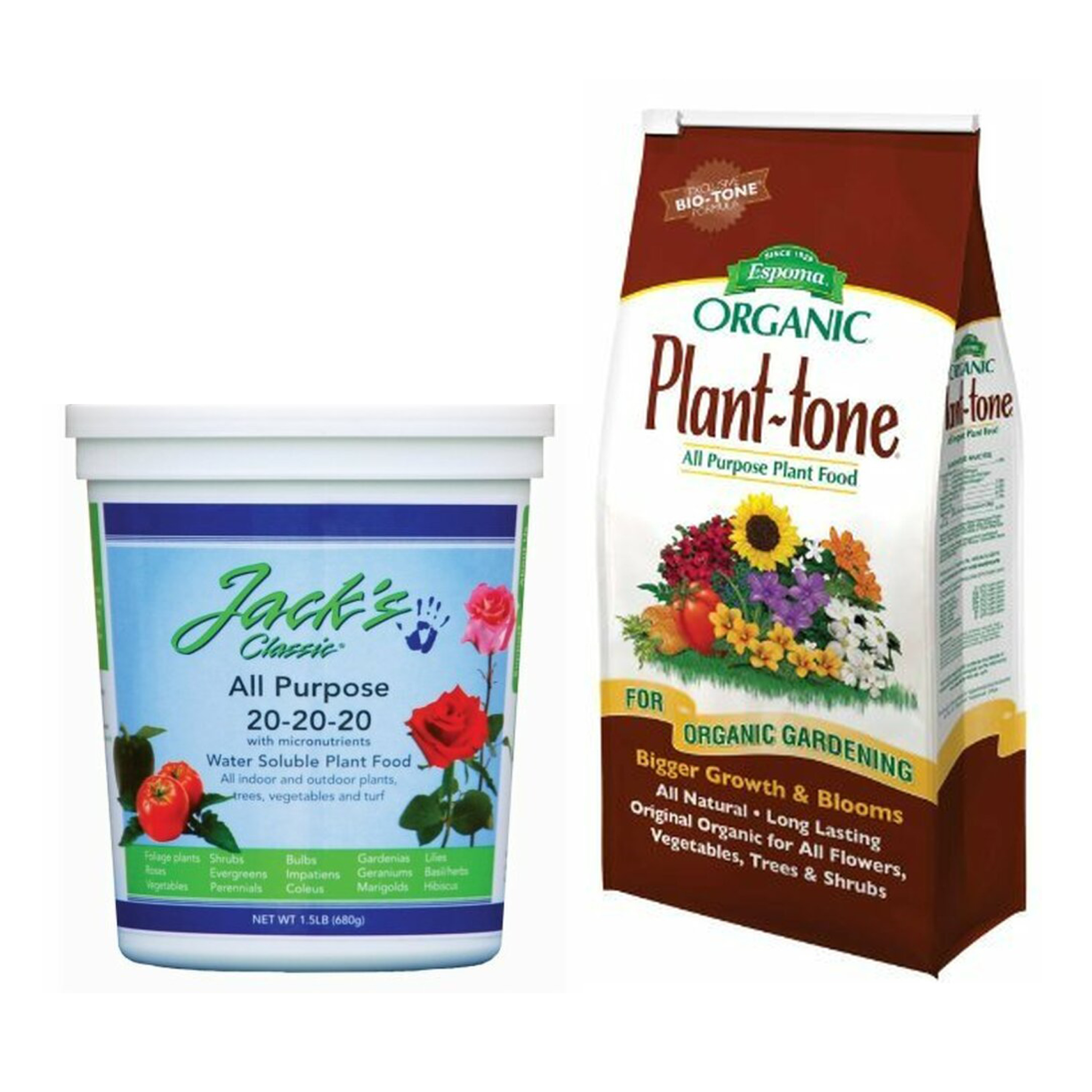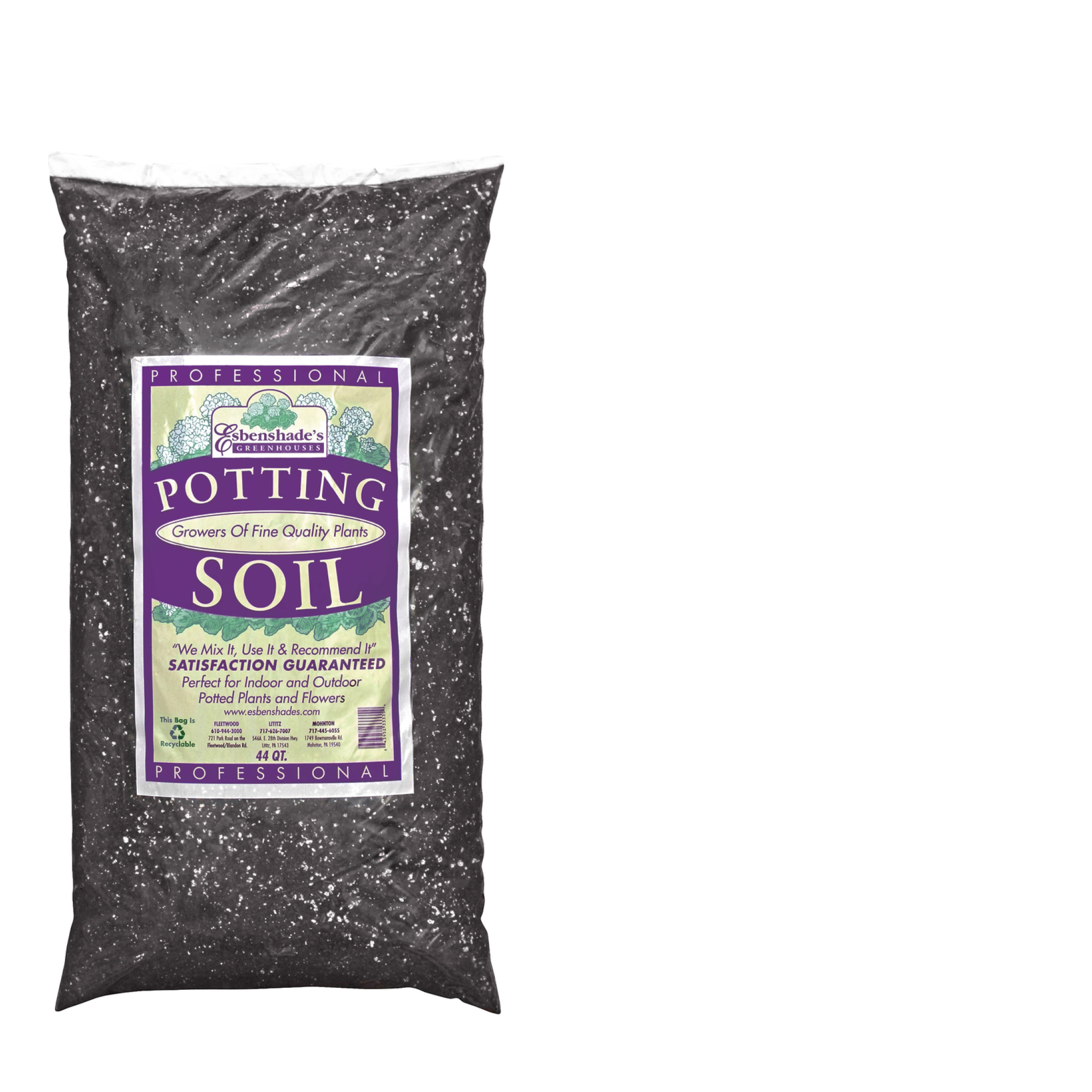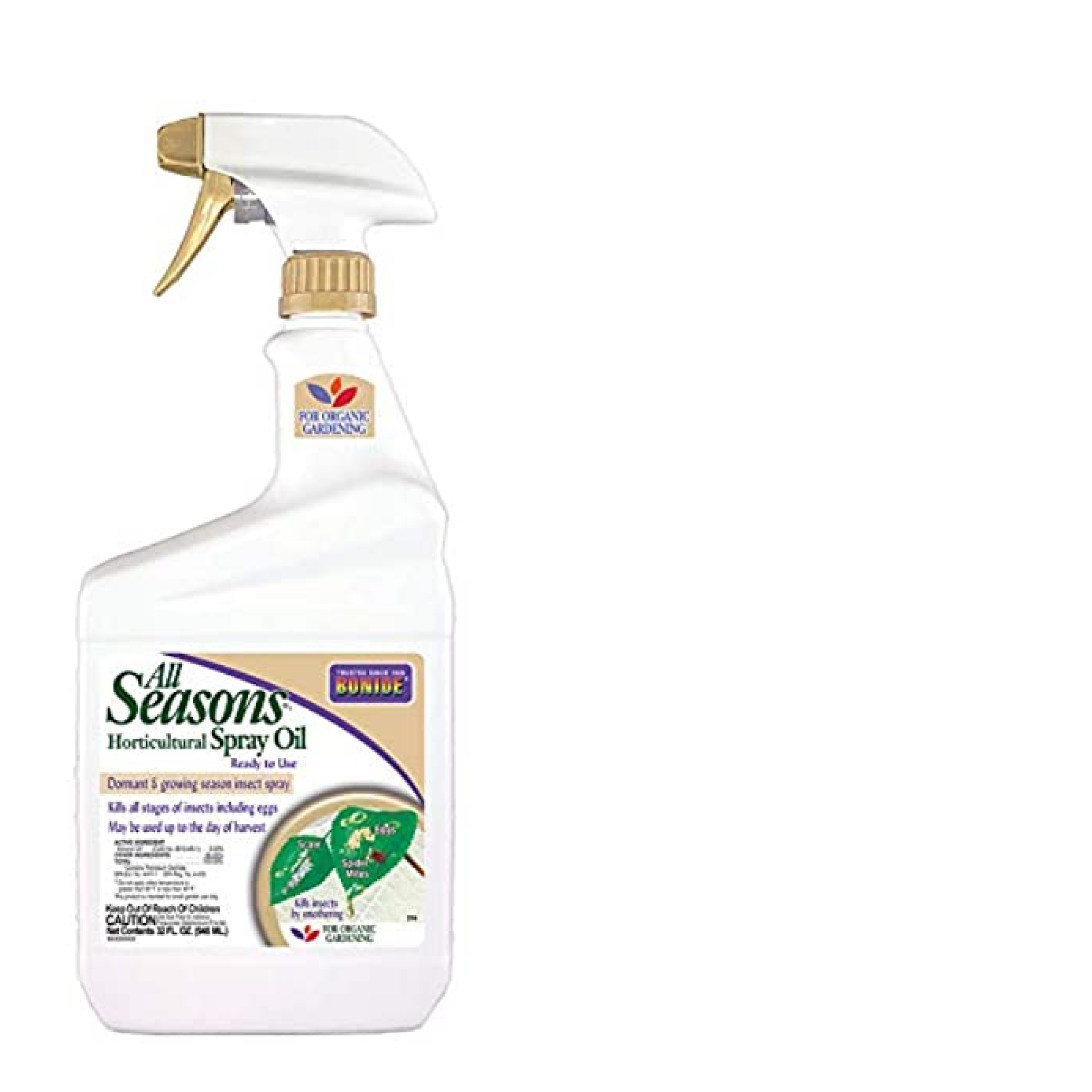Ficus Umbellata

It is strange that Ficus Umbellata has yet to gain the status of celebrity that its cousin the Fiddle Leaf Fig has earned. Though widely grown and appreciated in Asia, it is still rare and almost unheard of in the US. It may be related to the Fiddle Leaf, but it has some key differences that make it just as unique. Large, heart shaped leaves contrasting with slim stems and a relaxed branching in mature plants lend the Umbellata a more graceful and serene profile unlike its upright and more statuesque cousin. The easy care and maintenance of this plant will soon win you over and you’ll be quick to recommend your new favorite to all your friends!
Ficus Umbellata (pronounced fai-kuhs uhm-buh-la-tuh) is easy to care for, but like all ficus, will enjoy the proper care:
1) Young plants especially like to grow in a bright filtered sunlight. Locations near a window (perhaps in a western, eastern or shaded southern exposure) can work very well. Lighting will directly affect the growth of any plant and Umbellatas are no exception. The more light they can drink in the faster, happier and larger the leaves and the entire health of the plant will be. As this ficus matures it may even be able to tolerate and even enjoy a few hours of direct sun. Be sure if you decide to move it, that you slowly and gently acclimatize the plant to a new environment. Too much exposure too quickly may cause leaf burn and significant leaf drop. Do not forget to rotate Ficus Umbellata on a regular basis. When receiving light from one direction only, your plant may lean towards the sunlight. To solve this, simply turn the pot about once a week or as needed.
2) Watering is the important and primary step where you’ll find Umbellatas SO much easier to grow than Fiddle Leaf Figs. Many people have difficulties finding the right level of soil moisture for their figs. Fiddle Leaves especially can be prone to suffering from overwatering. Not so these new, heart leaved ficus! They can take a little extra moisture. It is important to allow the soil to dry slightly between waterings (this will prevent root rot in any plant), but if you do so, you should be able to soak the soil all the way through to the bottom of the pot each time you water. How long should you wait before watering again? That depends on many environmental factors. In a bright, sunny location a mature Ficus Umbellata may need to be watered twice a week while in a darker, shaded location a young plant may only need a small amount biweekly. If you have trouble deciding when to water, you can try these few helpful hints. Feel the weight of the pot (if it’s small enough to handle of course) right after watering. This will give you a gauge on how heavy the plant is with well-watered soil and you can avoid adding more water until the pot becomes much lighter. Another way to experiment with a watering schedule is to water the plant and then wait until it starts to look slightly wilted. Let’s say it took 7 days for the plant to show signs of stress then you can write yourself a reminder to water every 5 or 6 days. This method is not foolproof, however. Plant maturity, changes of the seasons and repottings can all affect how often a plant will need water. A final tip would be to use a water meter. The meter will be able to offer you suggestions on how wet the soil may be.
3) All ficus will need to be fertilized to stay in tip top shape. Most all-purpose kinds will fulfil the needs of Ficus Umbellata. For a long lasting, regular regimen you can use a slow release fertilizer like Epsoma’s Plant Tone or for a quick fix, Jack’s All-Purpose blend is also a great choice. Please read the directions carefully and only apply as directed. Improper use of any fertilizer can have damaging effects on plants (and potted plants especially).
4) After some time, potting soil begins to break down and will no longer drain properly, breathe well or contain the nutrition most plants need for a healthy life. This can cause problems like yellowing leaves, stunted growth and possible plant die back. You can avoid problems and encourage healthy growth by repotting. Indications that your plant needs repotting include…looking proportionally big in its pot, drying out incredibly fast, or seeing roots growing out the drainage holes of the pot. Any one or combination of these symptoms can indicate that it’s time to repot. When you do, start by picking out a pot that is larger (a good rule of thumb is to use a pot that is at least 1-2” larger) and use a high quality potting soil, Esbenshade’s Potting Soil is excellent for indoor plants, to fill the extra space in the new pot. The new pot can be made of any material you choose, the most important qualification is to ensure that the pot has drainage holes. Water can build up in the bottom of an enclosed pot and create problems.
Trouble shooting:
Keeping plants healthy can sometime include solving pest issues. The best care, though, is preventative. Follow the steps above and you should almost never have issues, but just in case you do, here are a few common pests to keep an eye out for and how to treat the problem. Aphids, Scale and Spider mites can all be taken care of with an insecticidal spray. A great product that will take care of all of them is Bonide’s All Seasons Horticultural Oil. It comes in a spray bottle and is ready to use.
A rare beauty that can grace your home for years, Ficus Umbellatas are great houseplants. When you see one don’t miss your chance to experience the joys of growing this plant.
Happy Gardening!
